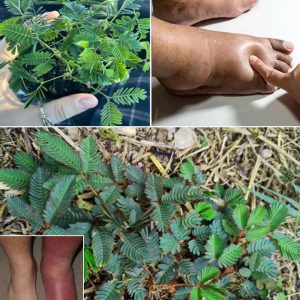Gout is a form of arthritis that causes sudden and severe pain in the joints. While its treatment involves medications such as painkillers, it is the person’s lifestyle choices that can help prevent future attacks.
The most common medications, as per NHS, are non-steroidal anti-inflammatory drugs (NSAID) such as ibuprofen. However, in case the swelling persists, the patient may also be prescribed steroids.
Gout is caused by tiny crystals of uric acid (a chemical made by your body) formed in and around your joints. The most affected area by gout is the big toe joint. Further, it can affect the ankles, the knees, the fingers and wrists, the elbows, and the middle of the feet.
Uric acid appears naturally in the body when when substances called purines are broken down into waste products. Some foods and drinks that are rich in purines are: red meat, alcoholic beverages, fish and shellfish, mushroom, and certain vegetables such as asparagus, spinach, and cauliflower.

As per the Mayo Clinic, as gout progresses, it limits the range of motion in the joints.
For a successful treatment, it is of crucial importance to seek medical help when the first signs appear.
While the conventional medicine is the primary treatment for gout, changes in the lifestyle can also help relief the pain. Besides medications, doctors may also prescribe supplements like omega-3 fatty acids (EPA and DHA) or gamma-linolenic acid (GLA) into the daily routine. These help decrease inflamation.

Further, what may help in the fight against grout attacks is managing the weight and paying attention to the food and alcohol choices.
Opting for a healthier lifestyle, exercising regularly, staying hydrated, and getting enough sleep are also crucial.
If you are diagnosed with grout, it is important to pay close attention to the symptoms and seek medical assistance if they progress.

In order to reduce the sweeling, you can take Vitamin C, which reduces uric acid levels in the body, raise and rest your joints, keep your joints cool and don’t cover them, cool them with an ice-pack 15 to 20 minutes a day but don’t apply the ice directly to the skin to prevent damage to the skin.
*This information serves for informational purposes only and not a replacement for professional medical advice, diagnosis, or treatment. Always consult your doctor or healthcare provider with any medical concerns or questions.
Please SHARE this article with your family and friends on Facebook.




